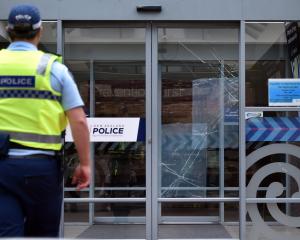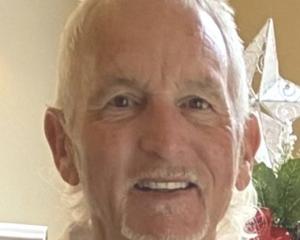
Leonie Williamson, who grew up in South Otago and spent 20 years working in Auckland, has been announced as the paid employee of the workforce development advisory group for the hospital build.
Mrs Williamson said yesterday her role would be to find where the workforce might come from, and what barriers might stand in the way of people wanting to enter the construction industry.
The advisory group was formed last year to plan for an expected shortfall in the labour force required for the new hospital.
It includes industry players, government organisations and others, and plans to co-ordinate worker training.
Health Minister David Clark has said there were not enough workers available in Otago and Southland to fill the demand caused by the hospital and other planned projects.
The hospital itself is expected to require more than 1000 workers, though it was announced last year the project would be built in two stages - the first stage, starting next year, would require about 350 workers at its peak.
Mrs Williamson said the role would be a return to the workforce for her, after spending the last couple of years doing voluntary work, including as chairwoman of the WoolOn Creative Fashion Event.
She described her work history as diverse.
She had spent time in strategic marketing roles for major corporations, predominantly in financial services.
In the past 10 years she had worked as a business consultant in Auckland.
Before that she had been employed by companies including Vero and Sovereign, and AMP in the UK.
That included "lots of banking and insurance work", and two years working in London.
In her new role, her first job would be to identify where resources were.
That would include research and discussion with the likes of education providers and the Ministry of Social Development to understand where the potential workforce, and the existing workforce, might be.
"I think the first cab off the rank will be to look very much at the youth market."
It was important to understand the intentions of younger people regarding work, and what barriers there might be to entering construction.
"As a group we don't understand what those potential barriers are."
It was also important to look to the older age group, who might want to return to the trade - perhaps in a mentoring capacity, linking into the training.
"There's quite a lot of work to do."











